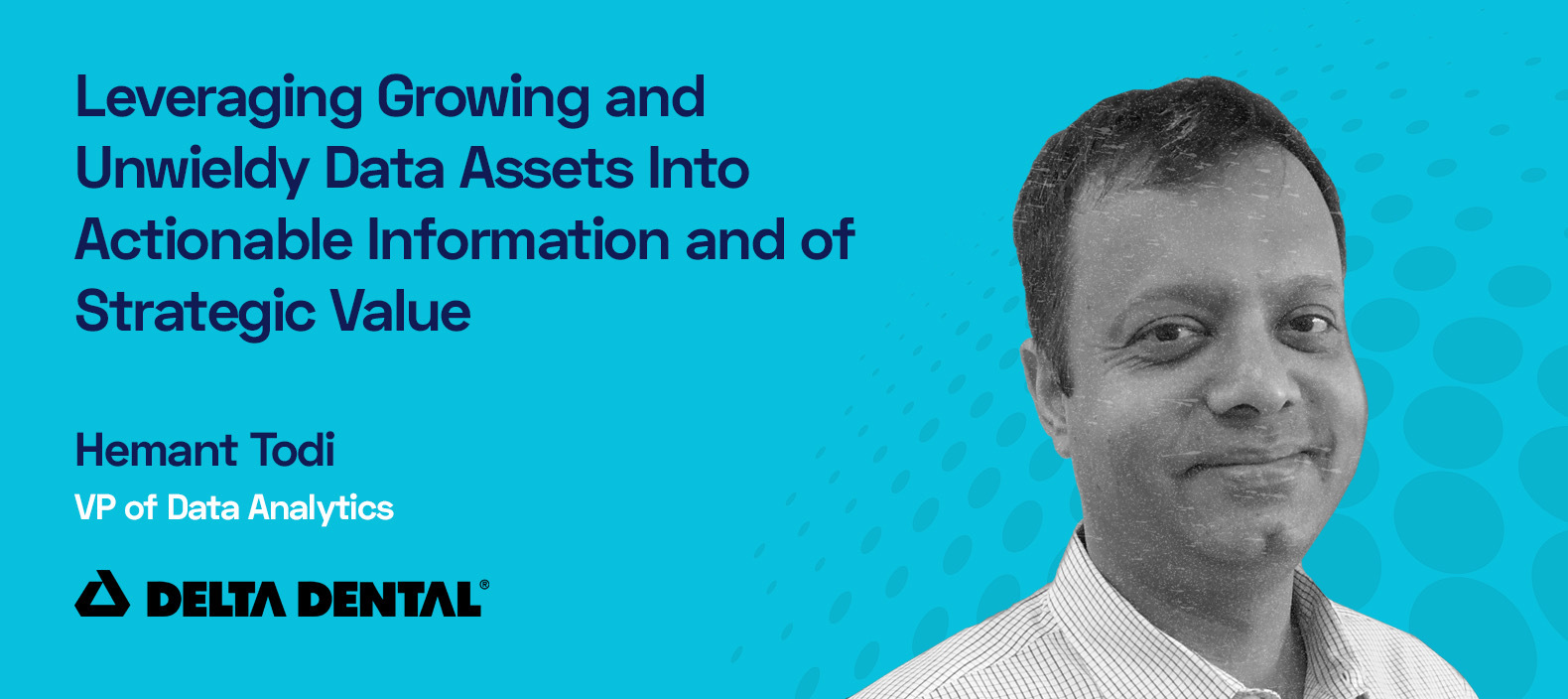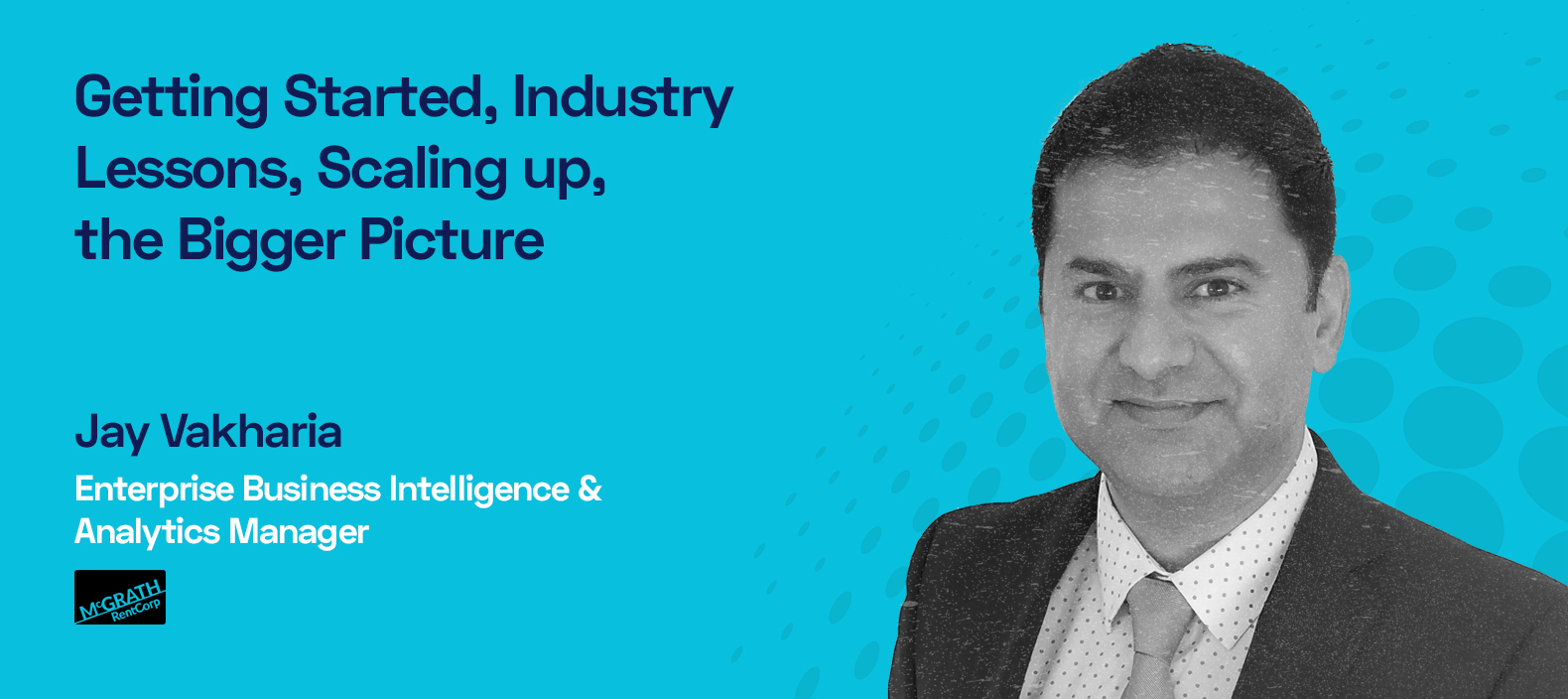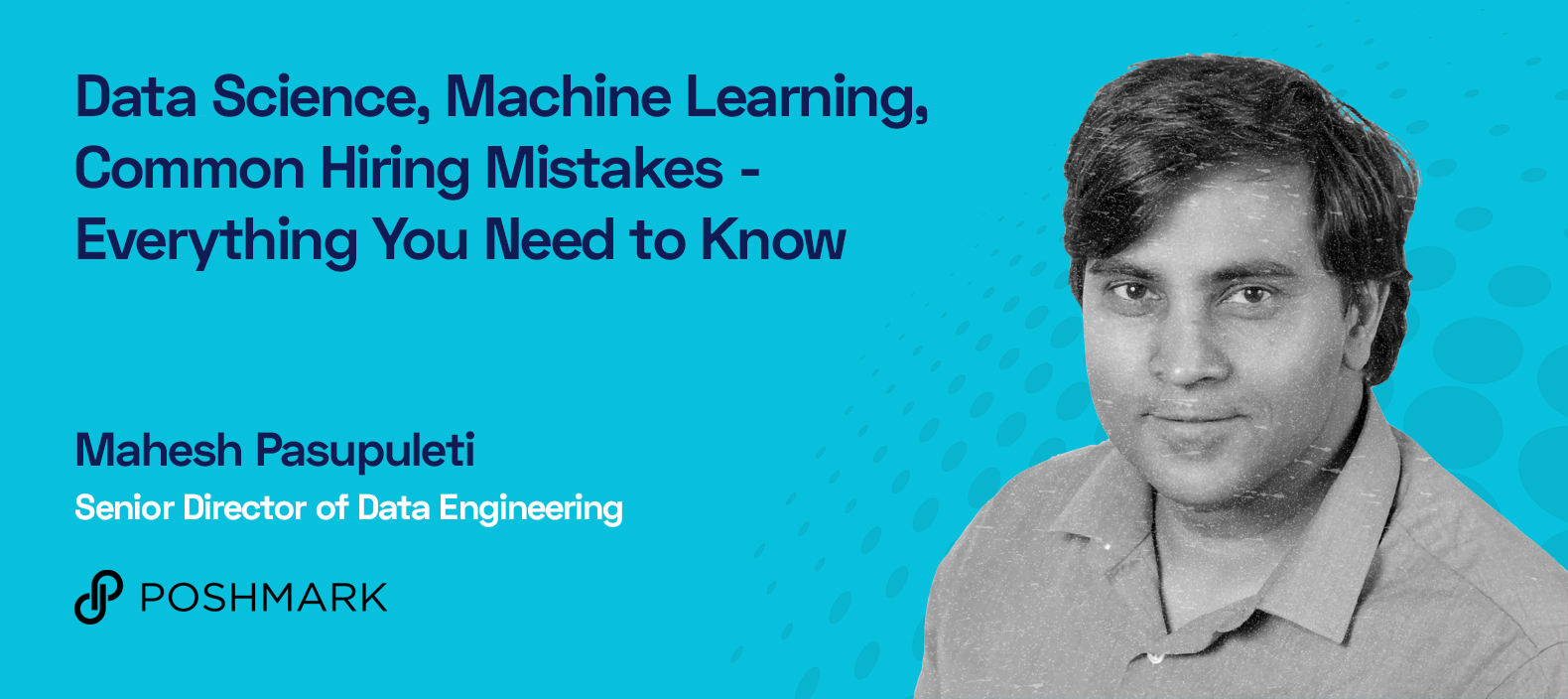Hemant Todi’s1 career over the 18 years has shaped him to be a leader in data and analytics, starting with being a data analyst at Capital One Bank to his most recent role as Vice President Analytics at Delta Dental of California. Having flair for data and aiming at delivering high business value solutions to the organizations such as Franklin Templeton, Rabobank, Todi is redefining how data needs to be leveraged for making business decisions. In this informative interview we discuss topics ranging from cloud strategy, management of data silos, hiring, and new processes and technologies used in organizations.
Tell us how you got into data analytics, and describe the path you took, as well as some of your career highlights from your journey thus far.
For most of my career, I helped organizations manage their data assets, promote a data-driven culture, as well as organizing and building up the scale needed to drive new capabilities.
I started my career at Capital One Bank as a data analyst and spent more than seven years in various back-end and front-end roles. While there, I learned how to connect the dots and understand the needs of businesses and customers and how to apply data to meet those needs.
However, I wanted to see the creative side of the coin. So, I moved to the USAA. While there I was exposed to customer experience and how it plays an important role in delivering value and winning customer loyalty.
I then moved to India for a few years and worked at a number of positions at different companies. I first worked for WNS, which is a knowledge process outsourcing company. I set up their Financial Services Analytics vertical and was responsible for delivery and pre-sales business development. We did everything from basic reporting to advanced analytics for our clients. Following that, I started something of my own in the automobile industry. This was a kind of ERP for auto dealerships, which got a lot of traction. Unfortunately, we were unable to fully scale up and secure the necessary funding and we had to sell our idea to another company.
I then moved to Franklin Templeton to help set up their India office. During my time there I built their analytics shop and undertook a few transformation projects that helped them to see acquisitions in a different light. The company sold their products and services through advisors, not directly to clients, so we created a business solution that helped field agents target the right advisors.
From there, I moved back to the US with Franklin Templeton, and then to RaboBank. I was brought in to consolidate, modernize and scale their data and analytics functions. When the RaboBank retail division in California was acquired, I moved to Delta Dental Insurance Company as their VP of Data Analytics.
Could you tell us a little bit about your current role and the data journey at your organization?
I’m responsible for three broad agendas at Delta Dental-
- Build the infrastructure for a self-service platform,
- Manage data as an organization asset, and
- Leverage data to generate business value
With regard to building the infrastructure, we are working with our technology team to modernize the platform so that we are pulling data from the right sources. This ensures that there is a single source of truth. We are defining the necessary KPIs and metrics for consistency across the business. The single version of truth depends heavily on how we define terms and on becoming more consistent with how we consume information.
The second focus area is around how we manage our data assets, and on how they are governed in terms of who gets access to what. We are likewise concerned with the quality of our data and whether we have a good understanding of where the data is coming from data lineage, as well as fine-tuning the definitions and calculations behind our KPIs and metrics.
The third revolves more around leveraging the data we have captured about our customers. The focus here is in determining how we should use, incorporate and embed this data into our business decision-making.
From your perspective, where do you see the challenges in realizing your vision?
Organizations with limited data capabilities often create data silos to run their day-to-day reporting or analysis. Reliance on such data that is locked within one silo, while another team reporting the same data from a different silo and in a different way, is not an ideal way to build trust. Because of such data silos, there is no one single place from which all this information can be pulled. The result is that teams probably spend 80% of their time manipulating and accessing data, and 20% in reporting and analysis.
To flip that in the opposite direction, you must create the necessary infrastructure and platforms that will give everyone a consistent and reliable way to access and trust the data. When the data is well-defined and well-documented, everyone is going to pull it from the same place. But building this is a journey that takes a while, and it requires the right kind of skill set.
Can you please share your thoughts on the level of innovation in the healthcare space?
Can you please share your thoughts on your cloud strategy?
How has the adoption of AI been in your organization?
The time seems ripe for companies to capitalize on AI. The technologies that enable AI, such as development platforms and vast processing power and data storage, are advancing rapidly and becoming increasingly affordable.
I would say our AI readiness and adoption is at infancy. Recently we have started implementing RPA in a few areas of our operations and are dabbling with the idea of applying AI and machine learning in the space of fraud detection and payment integrity.
What are some of the typical challenges that you see in realizing value from data and analytics?
We live in a time where every industry is generating exponential amounts of data. But, while we may have all this data, there is still a big problem at hand: how do we leverage data to realize value? In my experience the following three challenges exist, along with accompanying possible solutions to address them:
Organization Structure: It is important to have the right people with the right skill sets on the right teams. One proven approach to address this challenge is to adopt a “Hub-and-Spoke” model, with a dedicated hub owning the strategy and governance, providing a companywide set of data and analytics services for the entire organization to leverage. A “Hub” accelerates business value by delivering critical services with the right capabilities to the enterprise. “Spoke” teams work on functional roadmaps and execute functional data and analytics initiatives as they have deep functional knowledge, function-specific skill sets and understand functional needs and processes better.
Data Literacy: Increase data literacy across the organizational ecosystem and upskill the data community. Provide access to data to broader business teams in a way that is easy for them to consume and use it in their decision making.
Measuring ROI: Measuring the effectiveness of the D&A strategy and consistently showcasing the value delivered to business.
What unique problems generally one faces building and staffing data teams today?
Given the need to build domain knowledge and the relationship with business teams, how long would you say it takes for any new person to start becoming effective in terms of driving business value?
Has the COVID-19 pandemic and the lack of face-to-face contact interfered in your team's journey?
- Our initial hires were internal and had the domain knowledge and necessary skills to execute. When we hired externally, we made sure to assess their skills and experience needed to be relevant quickly. Also, we ensured proper onboarding steps are in place.
- We established a clear objective/goal for each team member that helped them to focus.
- The final and most important element is the strong team culture—the glue that makes everything work together.
Given your experience over the years, have you begun to develop some sort of a blueprint for a successful data centre of excellence? Is there a system you've developed?
I don’t know if it is a system as such. But definitely when joining or creating a data and analytics team, you first need to be able to build its vision and strategy. The first thing you need to understand is your enterprise’s strategy and align the vision and the strategy of the data team to that. If data teams simply work as order takers, and their work is not in alignment with the enterprise strategy, they are not very effective because the output they generate is not contextualized and is not adding value to the enterprise’s goals.
The second piece involves the operating model. Once you know the strategy and are aligned with the enterprise’s vision, you need to set a foundation in terms of people, process, and technology, in order to lay out the capabilities that the organization is lacking. So, you do an assessment of the current landscape, understand what the needs of the organization are, and then build a roadmap in terms of those new capabilities or how you are going to address the gaps.
Once you have done that, the third piece involves bringing in the right individuals to be able to support the operating model and build those capabilities.
The fourth revolves around continuing to deliver incremental wins. I think this is crucial in that we cannot wait for years and years to share an output. We have to continuously show value.
For the last step, develop the ability to turn insights into outcomes. In financial services and healthcare, we have a lot of our customer’s information. We have so much data, but that data is of no use if we are not able to harness it. It is not about reporting or even generating insights, to tell you the truth. Insights are no good if you cannot connect them to business outcomes. So, in a lot of places that last mile is something that is still lacking. There is a lot of cool stuff that the data teams develop, but they often don’t get operationalized.









